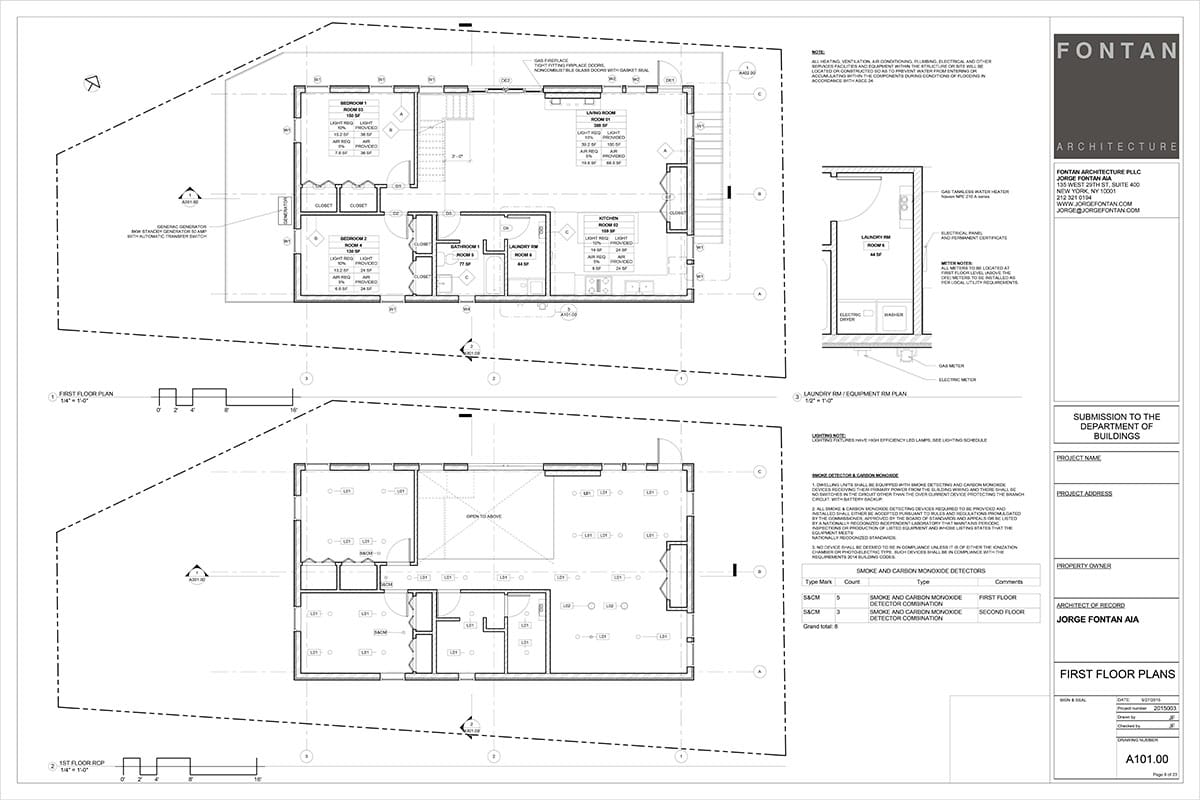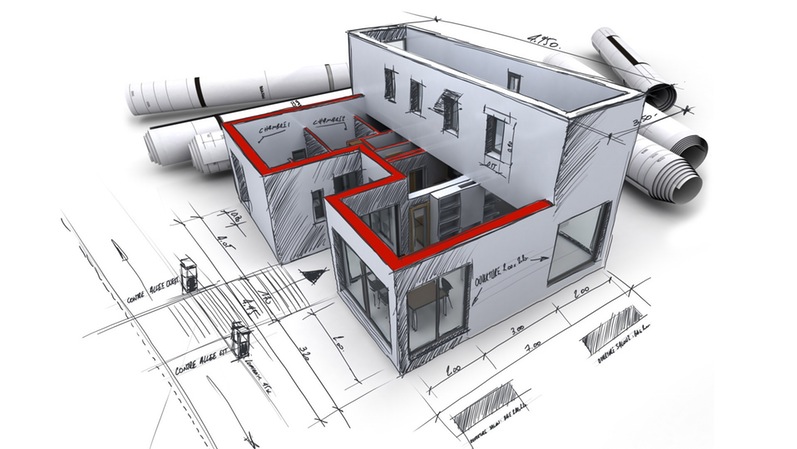The Essential Duty of an Architect fit Lasting Urban Settings for Future Generations
The function of an architect in crafting lasting urban atmospheres is increasingly crucial in replying to the difficulties of environment change and urbanization. By effortlessly integrating environmental concepts into their styles, engineers not only improve the visual and functional high quality of city spaces however additionally address pressing problems such as power efficiency and social equity. Their expertise in ingenious products and area engagement forms growths that resonate with regional values and ambitions. Nevertheless, as we discover the complexities of this area better, it comes to be apparent that the future of city living may rest on the actual practices architects employ today.

Comprehending Sustainable Urban Layout
Sustainable urban style integrates eco-friendly principles with city planning to develop atmospheres that are not just habitable but likewise resilient. This approach stresses the value of incorporating all-natural systems right into the urban material, ensuring that advancement fulfills the requirements of the existing without compromising the capacity of future generations to meet their own demands. Secret components of sustainable metropolitan layout include reliable land use, the promo of biodiversity, and the assimilation of eco-friendly rooms, all of which add to enhanced top quality of life for residents.
In addition, sustainable metropolitan layout prioritizes the reduction of the city heat island result, enhanced air quality, and efficient stormwater management. It motivates the usage of renewable energies and energy-efficient building techniques, which substantially lower carbon footprints. Sustainable city design fosters social equity by producing accessible public rooms and promoting mixed-use advancements that cater to varied populations.
Through thoughtful planning and ingenious style approaches, sustainable urban atmospheres can boost area strength versus environment modification while promoting financial growth. This all natural technique not just addresses instant metropolitan challenges but also prepares for much healthier, a lot more lasting cities for generations to find.
Key Responsibilities of Architects
Engineers play a crucial function in shaping sustainable city atmospheres by equating design concepts right into concrete structures and rooms. Their responsibilities include a vast array of tasks that add to the overall success of city style projects.
First and foremost, engineers carry out complete site evaluations to comprehend the environmental, social, and social context of their jobs. This foundational expertise notifies their design choices, making sure that buildings integrate with their surroundings. cda architects. They also take part in collective processes with stakeholders, consisting of city coordinators, designers, and the neighborhood, fostering a comprehensive method to urban growth
Additionally, engineers are charged with developing styles that maximize energy performance, source preservation, and performance. They have to stick to neighborhood zoning laws, constructing codes, and sustainability accreditations, making certain compliance while pressing the boundaries of technology.
Moreover, designers are accountable for handling the layout process, collaborating with numerous professionals throughout the building stage to ensure that the vision is recognized properly. Ultimately, their function is not exclusively regarding aesthetic appeals; it is concerning producing durable, flexible spaces that improve the lifestyle for present and future generations, preparing for lasting city living.
Innovative Materials and Techniques
In the pursuit of ecologically accountable layout, cutting-edge products and strategies have actually arised as essential aspects in the development of look at these guys sustainable metropolitan atmospheres. Designers are progressively using products that lessen ecological effect while improving energy effectiveness. Recycled materials, such as reclaimed wood and repurposed steels, not just lower waste yet additionally include special aesthetic qualities to structures.
In addition, innovations in modern technology have actually caused the advancement of high-performance materials, such as insulated concrete forms (ICFs) and photovoltaic or pv glass, which add to power preservation and harness sustainable energy. cda architects. Strategies such as passive solar design and green roofing systems even more exemplify how architecture can harmonize with natural systems, reducing dependence on artificial heating & cooling
In addition, the see this combination of smart materials, which adapt to ecological modifications, uses encouraging opportunities for boosting structure performance. These products can react to temperature fluctuations or dampness levels, maximizing convenience and sustainability.
Inevitably, the critical choice and application of ingenious products and techniques encourage designers to produce city areas that are not just practical and visually pleasing yet likewise durable and ecologically responsible, ensuring a sustainable future for generations ahead.

Area Involvement and Collaboration
The success of innovative materials and techniques in sustainable urban architecture is considerably improved by energetic area involvement and cooperation. Engineers have to recognize that the built environment profoundly affects the lives of regional citizens, making it critical to involve them in the design process. Engaging the community fosters a sense of possession and accountability, ensuring that growths not just fulfill visual and functional needs yet additionally show the values and aspirations of those that populate them.
Partnership with diverse stakeholders-- consisting of city governments, environmental groups, and residents-- enables architects to collect beneficial understandings and responses. This inclusive technique can result in more sustainable solutions that resolve details neighborhood difficulties, such as availability, environment-friendly rooms, and energy efficiency. In addition, by assisting in workshops and public forums, architects can grow dialogue and understanding, which inevitably improves the style process.
Effective neighborhood engagement also aids in prioritizing social equity within city advancement. By considering the voices of marginalized populaces, designers can produce rooms that are inclusive and fair. In this method, neighborhood involvement and collaboration come to be integral to attaining really sustainable urban environments that offer the demands of existing and future generations.
Future Fads in Lasting Architecture

Furthermore, advancements in technology are forming future trends in lasting design. The combination of wise materials and structure systems enables real-time power management, improving efficiency and lowering carbon footprints. Advancements such as eco-friendly roofs, living wall surfaces, and energy-generating facades are ending up being basic techniques, even more promoting environmental equilibrium within metropolitan settings.
Furthermore, a change towards biophilic style is gaining grip, emphasizing the link between nature and human well-being. By including natural components, designers develop spaces that cultivate psychological health while advertising my latest blog post biodiversity.
Conclusion
Finally, designers are crucial in advancing lasting metropolitan environments via their competence in design, ingenious products, and community interaction. By prioritizing power efficiency and resource preservation, these specialists add to the production of durable city spaces that satisfy the needs of present and future generations. The assimilation of environmental concepts not just enhances livability yet also cultivates social equity, ensuring advancements reverberate with the worths and desires of the communities they serve.